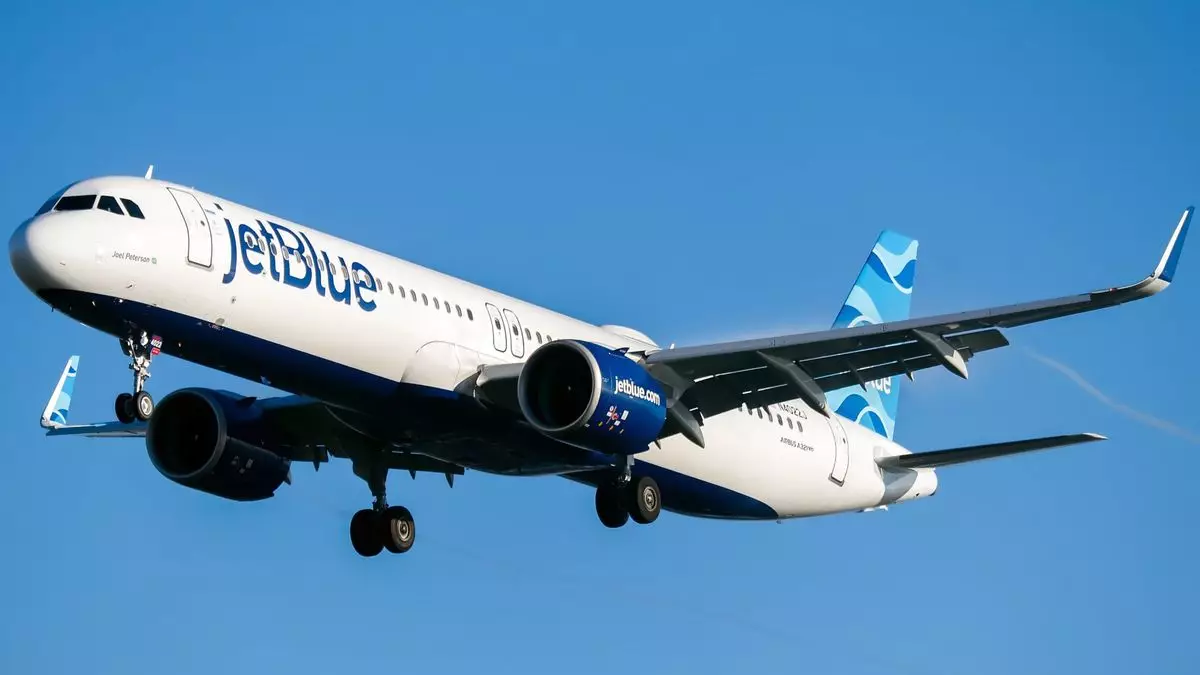In a significant move that underscores the ongoing evolution of the airline industry, JetBlue has announced its intention to discontinue flights between Boston and New York’s LaGuardia Airport. This decision is indicative of a broader strategy aimed at shifting the airline’s operational focuses, pivoting away from high-traffic markets to concentrate on leisure travel. The announcement aligns with a growing trend among carriers to adapt their flight networks in response to evolving consumer behaviors and financial realities.
One of the pivotal reasons behind JetBlue’s withdrawal from this competitive Northeastern corridor is the soaring airport fees imposed on the airline at LaGuardia. Reportedly rising to approximately $50 per passenger, these fees render it increasingly untenable for JetBlue to maintain its commitment to low fares—a hallmark of its brand—while ensuring profitability on this route. This decision brings to light a critical issue faced by low-cost airlines: the balancing act between operating expenses and fare competitiveness. The financial pressures placed on budget airlines by airport authorities can disrupt their operational viability on certain routes that might otherwise be lucrative in a different economic climate.
As part of its adjusted flight schedule, JetBlue will continue a robust presence in the market, redirecting its focus to more favorable routes. While the Boston-LaGuardia flights will cease on April 29, the airline will retain its bustling service to JFK, ramping up its offerings to an impressive eight flights daily during the peak travel seasons in late spring and summer. Furthermore, the decision to introduce daily flights from Boston to Islip Airport on Long Island reflects JetBlue’s commitment to catering to leisure travelers, a segment that continues to gain precedence as business travel fluctuates in response to changing economic dynamics.
The Competitive Landscape
JetBlue’s exit from the Boston-LaGuardia route opens the door for competitors, including major players like American Airlines and Delta, who already service this busy corridor. The reduction in choices for travelers potentially may lead to higher prices and less competitive service, as consumers are often left with limited options in heavily regulated airline environments. It also sparks a discussion about the future of low-cost carriers in an area marked by regulatory pressures and increasing operational costs.
Ultimately, JetBlue’s strategic retreat from the Boston-LaGuardia route not only highlights the airline’s tactical shifts but also serves as a microcosm of the larger trends shaping the aviation industry. As airlines reconfigure their services in the wake of rising costs and fluctuating demand, the realities of an evolving marketplace become evident. With a clear focus on leisure routes and an adjustment in response to operational challenges, JetBlue is navigating a complex environment while attempting to balance customer expectations and financial sustainability. The company’s ability to adapt will be critical in the coming years as the airline industry continues to evolve in the post-pandemic landscape.


Leave a Reply